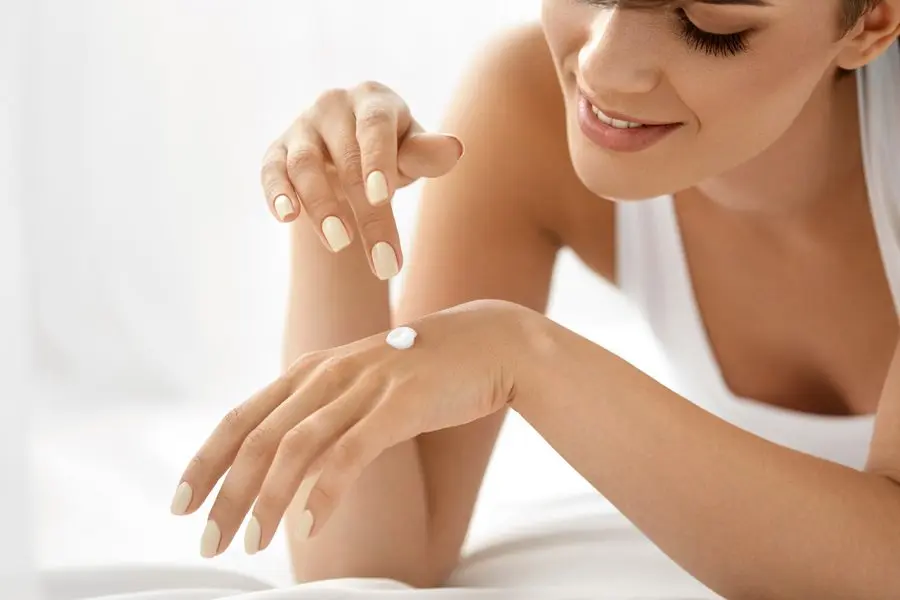
Everything you need to know about freckles
Contents:
Have you had freckles all your life or have you noticed a few more recently? dark brown spots float on your skin after summer, freckles on the face some special TLC is needed. From consulting a dermatologist to make sure marks are benign to applying SPF every daywe tell you exactly what you need to know about freckles. To help us explain what freckles are, what causes them, and more, we turned to board-certified dermatologists. Dr. Peter Schmid, Dr. Dandy Engelman и Dr. Dhawal Bhansuli.
What are freckles?
Dr. Schmid explains that freckles usually appear on fair-skinned people. Freckles (also known as ephelids) appear as flat brown round spots and are usually small in size. While some people are born with freckles, others notice that they come and go with the seasons, appearing more often in the summer and disappearing in the fall.
What Causes Freckles?
Freckles usually increase in summer because they appear in response to increased sun exposure. The sun's ultraviolet rays can stimulate pigment-forming skin cells to produce more melanin. In turn, small spots of freckles appear on the skin.
Although exposure to ultraviolet rays can cause freckles, freckles can also be genetic. “When young, freckles may be genetic and not indicative of sun damage,” explains Dr. Engelman. If you noticed freckles on your skin as a child without prolonged sun exposure, your freckles may be due to a genetic predisposition.
Freckles cause concern?
Freckles are, for the most part, harmless. However, if the appearance of your freckles is starting to change, it's time to consult with a board-certified dermatologist. “If a freckle darkens, changes in size or shape, or has any other changes, it’s best to see a dermatologist,” he says. Dr Bhanusali. "I encourage all patients to regularly take pictures of their skin spots and keep track of any new moles or lesions they think may change." These changes may indicate that your freckle is not a freckle at all, but rather a sign of melanoma or another form of skin cancer.
Difference Between Freckles, Moles and Birthmarks
Although birthmarks, moles, and freckles may look the same, they are all unique. “Birthmarks and moles are present at birth or early childhood as red or bluish vascular or pigmented lesions,” says Dr. Bhanusali. He explains that they can be flat, round, domed, raised, or irregular. On the other hand, freckles appear in response to ultraviolet radiation, are round in shape and small in size.
How to care for skin with freckles
Freckles are a sign of significant sun exposure and a fair complexion, which can increase your risk of skin cancer. To make sure you're protected, we share expert-approved tips for caring for freckled skin.
TIP 1: Use a broad spectrum sunscreen
It is extremely important to use a broad spectrum sunscreen with an SPF of 30 or higher, such as La Roche-Posay Anthelios Melting in Milk SPF 100, whenever you are outdoors, and reapply at least every two hours. Be sure to cover all exposed skin, especially after swimming or sweating.
TIP 2: Stay in the shadows
Limiting sun exposure during peak hours can make a difference. When the skin is exposed to high levels of heat, melanin activity is activated, resulting in more pronounced freckles and blemishes. The rays are strongest between 10:4 and XNUMX pm.
If you like the look of freckles, but being away from the sun prevents them from appearing, we recommend painting the extra freckles with eyeliner or a freckle remover, such as Freck Beauty Freck O.G..
TIP 3: Exfoliate your skin
We are all for freckles, if you want to reduce their appearance, exfoliation can help. While freckles often fade on their own over time, exfoliation encourages surface cell renewal and can speed up the process.
Photo: Shante Vaughn
Leave a Reply